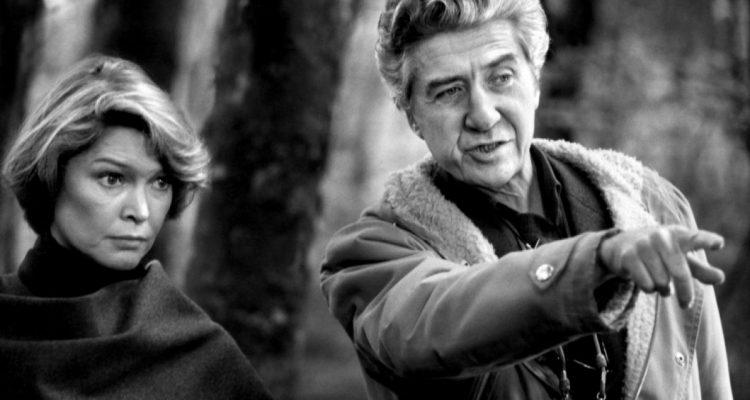
Alain Resnais passed away this weekend at the age of 91. This pillar of “art films” worked continuously since the late 1940s, delighting cineastes, baffling the squares and continually pushing himself with different genres. He made musicals, he made documentaries, he made science-fiction. Indeed, his psychedelic freakout time travel film “Je t’aime, Je t’aime” is currently enjoying a revival at some of the hipper art houses (check local listings) and his final film “Life Of Riley,” his third adaptation of an Alan Ayckbourn play, just debuted at the Berlin Film Festival.
Resnais is considered part-of-yet-not-part-of the French New Wave. He wasn’t just a little older than Godard and Truffaut, but his early films had none of the spry, play it as it lays attitude that the classics of that era exuded. He made dense, atmospheric and emotional pictures. They certainly tinkered with form (the jump-cutting he began to use with his third feature, “Muriel,” makes that car ride out of Paris in “Breathless” look positively plain) but it was less inspired by the jazziness of the form than a process that Resnais, and Resnais, alone seemed to know was some key to unlocking deeper psychological reactions.
His 32 minute documentary “Night and Fog” from 1955 was among the first “important” films about the Holocaust. It mixed contemporary color images of the abandoned concentration camps with stock footage. It was written by camp survivor Jean Cayrol and, famously, was dubbed the greatest film ever made by Francois Truffaut.
“Night and Fog” is certainly a must-see (and easy to see—it’s streaming legally all over the place), but if you’ve been meaning to check out Resnais’ features but don’t know where to start, we’re here to guide you. We’ve selected five of Resnais’ must-see films.

“Hiroshima, Mon Amour” (1959)
We hate to say this, but Resnais’ first feature is his greatest. An absolutely gorgeous black and white love affair between a French woman and a Japanese man set against a peace rally at Hiroshima. A meditation on memory and heartbreak, every shot is a masterclass in mid-century modern design. The opening montage of lovers’ entwined hands mixed with ash is breathtaking even today—in 1959 it was truly, elevating cinema to a whole new level. Marguerite Duras’ poetic dialogue is no joke either.

